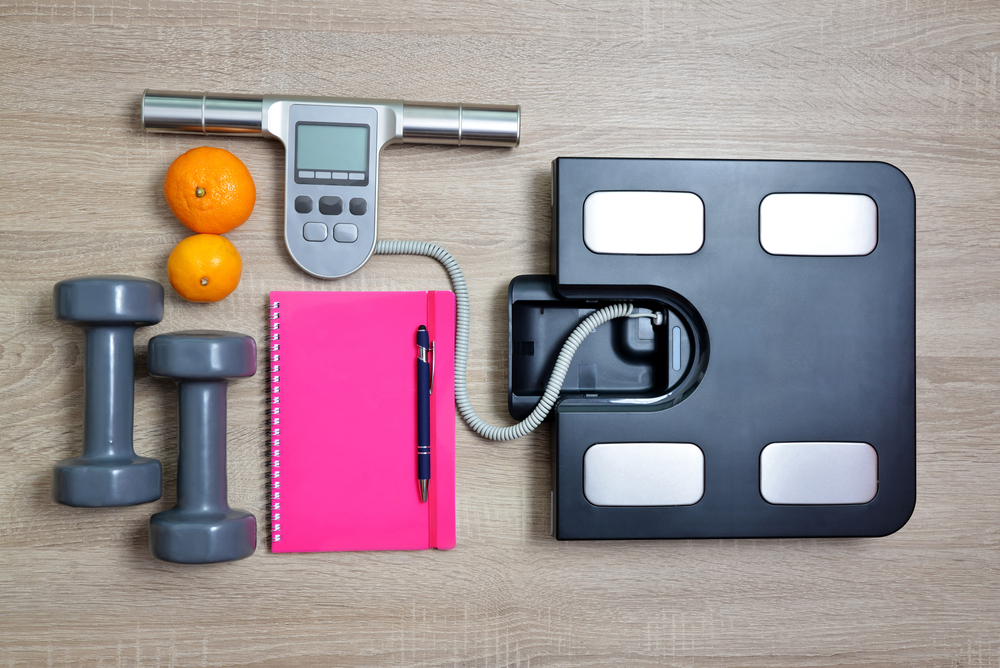This post contains affiliate links. Click here to read my affiliate policy.
Last Updated on December 8, 2023

Keeping fit is one of the highest forms of human motivation. It brings out the very best in a person. By helping one maintain a healthy weight, it decreases the vulnerability to a plethora of diseases such as heart disease, type 2 diabetes, and cancer. Furthermore, keeping fit enhances one’s work productivity and mental performance. Keeping fit demands time and patience. Additionally, the journey does not debar the need for consistent training so that one’s fitness can rise to the best levels.
In most of our fitness journeys, weight is usually one of the most critical topics that often comes up. Thus whether you are keeping fit at home or leveraging the gym, you have most probably invested or encountered a mechanical scale or smart scale. Unlike the former type, which simply only tells the body weight, smart scales measure body mass index. (BMI). Unraveled in the subsequent paragraphs are pointers to using a BMI scale.
What is a BMI scale?
BMI (Body Mass Index) is a measurement of a person’s weight in reference to his or her height. Therefore, a BMI scale is an electrical scale that measures your BMI and sometimes other metrics such as body water and body fat. BMI is directly proportional to one’s body fat. Therefore, as one’s body fat increases, so does his or her BMI. A BMI of below 18.5 is an indication that one is underweight. A BMI score of between 18.5 and 24.9 indicates a healthy weight range, 25 and 29.9 an overweight individual, and 30 and 39.9 an obese individual.
How a BMI scale works
A BMI scale operates based on the BIA (Bioimpedance Analysis or Bioelectrical Impedance Analysis) technique. BIA is an approach leveraged for approximating one’s body composition. When you stand on a BMI scale, a low electrical current is transmitted through your body via one leg. The transmission of the current is conditioned by the quantity of water in your body. The scale computes how different types of body tissues intercept the current.
During transmission, the electrical current travels fast through body tissues with a lot of water, for instance, blood but is slowed down when it encounters fat tissues and bones. Consequently, the BIA measures the current resistance as it travels through the body and back to the scale via your other leg., By putting the values obtained into scientifically validated equations, the scale calculates the body’s mass composition.
To provide a user with accurate data, a BMI scale requires them to provide data on age, gender, and height. Other BMI scales, such as the FitTrack Smart Scale, are engineered with applications that let users track their data daily, weekly, and monthly. Furthermore, the scale offers users personal insights that can be incorporated into their training routines and dietary choices.
How accurate are BMI scales?
In general, BMI scales provide rough estimates, good enough to guide one’s fitness program. Weightloss journey, or diet program. However, a BMI score does not differentiate between fat, muscle, or bone. Furthermore, the results obtained from the scale are affected by other variables including the location of fat in one’s body, age, gender, height, stature, resistance training, fluctuation in hydration status, and pregnancy. Therefore, if you are looking for more accurate results on body fat and have the resources available, you can seek other approaches such as multi-compartment models and 3-D body scanners. If you need such accurate assessments, you should make an appointment with your doctor.
Advantages of using BMI scales
- Convenience: Owning a BMI scale means you can use it anywhere at any time. Thus saving you the time and resources you would require to visit a health maintenance organization to monitor your BMI. Furthermore, with a scale within your quick reach, you can closely monitor your progress, thus achieving your fitness goals.
- A BMI scale offers multiple features: Unlike analog scales, BMI scales are engineered with multiple features that give more statistics apart from the BMI, such as body water and body fat. Furthermore, the scale can be synced with smartphones from where one can derive personal insights on overall health status and viable fitness routines.
In summary, compared to other approaches, BMI scales that operate based on the BIA technique are one of the most reliable and affordable ways to monitor your BMI scores. They are suitable for determining the risk of health complications and come with insights that can be incorporated into your fitness routine.

